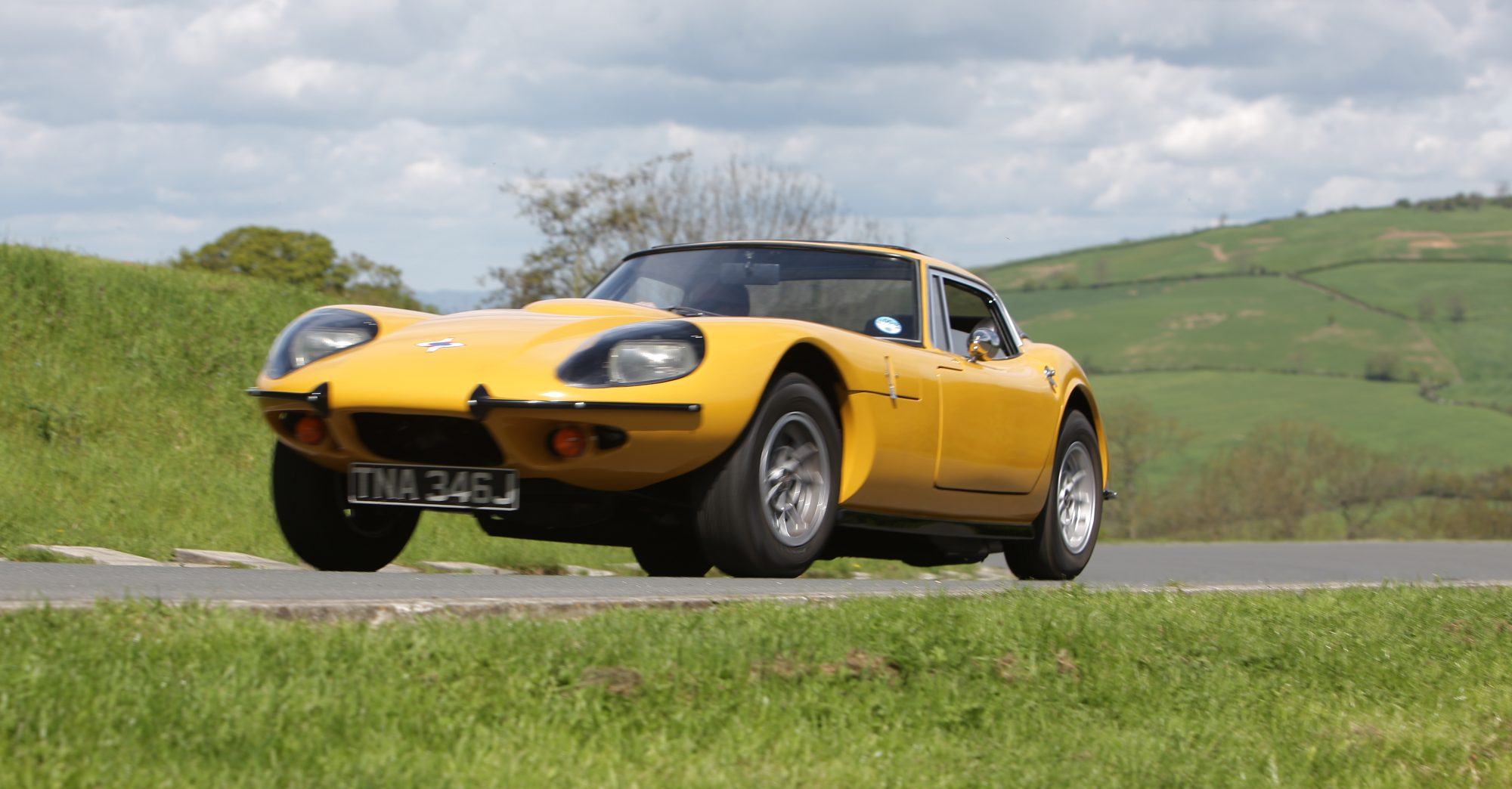One of the biggest issues with the 1970 3 Liter V6 is the gearing, basically it was all wrong from new. With the ratios in the original 4 speed gearbox and overdrive along with the 3.77 axle ratio it is impossible to reach 60 mph with out changing into 3rd gear (this is probably why the quoted 0-60mph times are worse that really should be.
In my opinion their are two issue with the gearing. One is the final ratio of the axle is to high and the second is the ratios in the gearbox are not very well space. As my car is fitted with the ford English axle with a 3.77:1 differential there is not much I can do to improve the ratio in the axle. It is possible to get a 3.54:1 crown wheel a pinion for this axle but from the opinion of other owners it really needs to have a ration of 3.09:1 or 3.22:1 (this is what the 3 Liter Capri had fitted. With is in mind I eventually plan to replace the rear axle with the an Atlas Axle from the Ford Capri(this will be a future project).
The other area that I think is correct is the ratios of the gear box. I think there is a large jump from 2nd to 3rd which is far from ideal (especially on a race track). The list below shows the ratios shows the ratios of the original gearbox along with some other ford gearboxes that could be fitted. As you can see from the table most of the ratios are similar with the exception of the 2nd gear ratio.
Ford Gearbox
Ratios | 1st | 2nd | 3rd | 4th | 5th (4th +
Overdrive) |
Zodiac Mk4
4spd | 3.163 | 2.21 | 1.41 | 1 | 0.82 |
Capri V6 Type
5 4spd | 3.163 | 1.94 | 1.41 | 1 | |
Sierra
Cosworth type T5 | 2.95 | 1.94 | 1.34 | 1 | 0.8 |
Sierra five
speed type 9 | 3.65 | 1.97 | 1.37 | 1 | 0.82 |
There are several advantages and disadvantages of the different gearboxes. The Type 5 4spd would be a straight swap but you would loose the 5th gear(overdrive). The T5 and Type 9 would be stronger by I would require a different bel housing. The Type 9 also had a cable clutch which would also require further modifications. The Type 5 and Type 9 are cheap and easily available second hand unlike the T5. I was actually having problems trying to decide which gearbox to go for when I discovered that it would be possible to take the gears from a type 5 gearbox and fit them to the Zodiac Gearbox this would solve the problem of the 2nd gear ratio, the car would still look original, wouldn’t require any modifications to the car (e.g. clutch and gearbox tunnel) and it would be cheap as Type 5 gearboxes can be found for about 70 on ebay. The only downside would be that the gearbox would not be as strong as a Type 9 or T5 but as my engine isn’t tuned I can’t see this being a problem.
With this being my forward plan I’ve actually bought a Zodiac Mk4 gearbox and overdrive as well as a Ford Type 5 gearbox. This means I can spend time trying to make a hybrid gearbox out of the two with out having to take the Marcos car off the road. The Phot blow shows my Donor Type 5 Gearbox along with the 4 speed gearbox and overdrive that I plan to upgrade.





